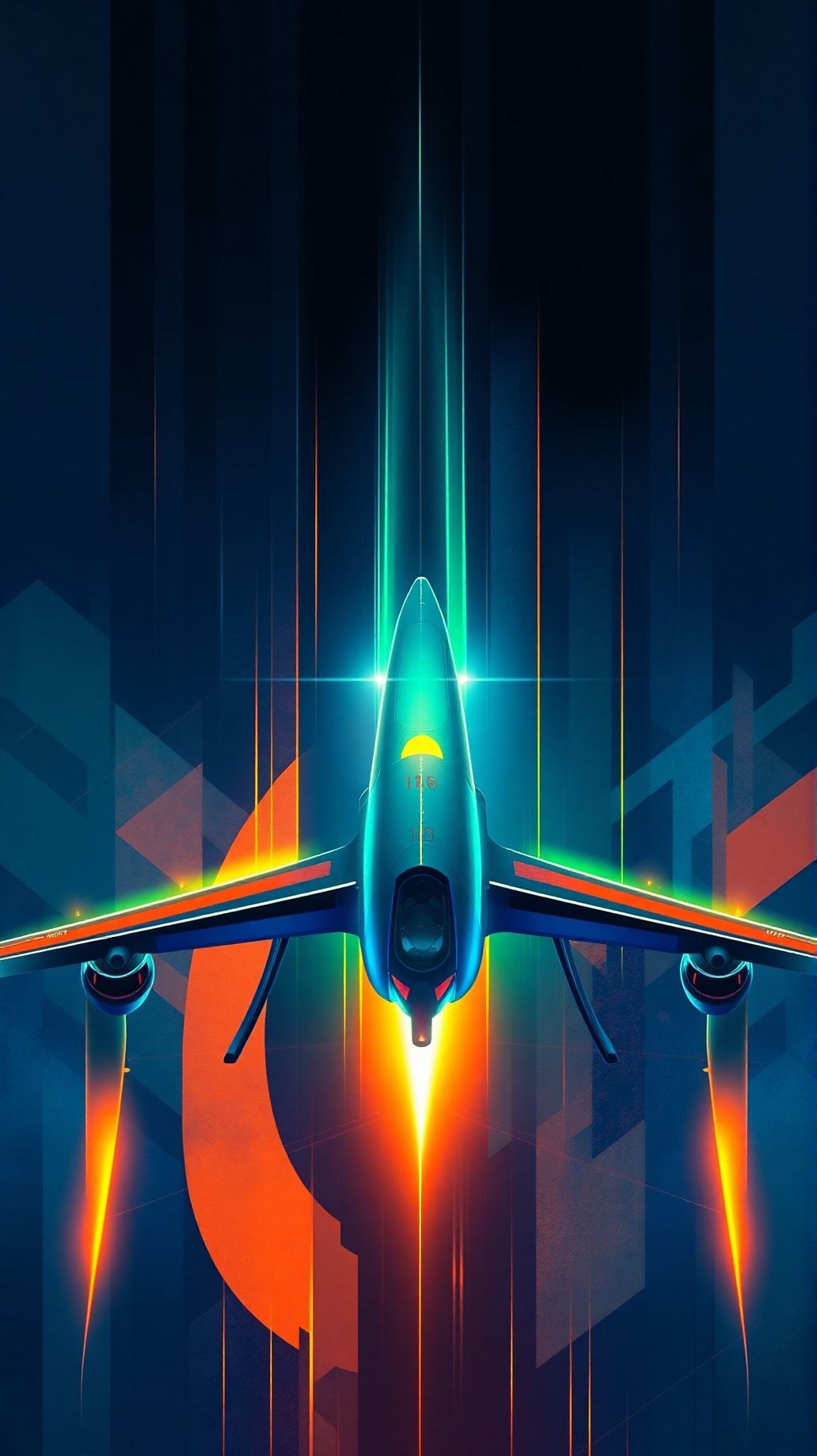Insitus Scaneagle Leads Maritime Revolution With Unmatched Oceanic Capabilities
ScanEagle FLARES: Unveiling the Maritime Dominance of Insitu’s Small UAVs In the vast expanse …
23. December 2024

Revamped Headline:** Unveiling the Hidden Roots of Modern Drone Technology: A Fascinating History of Military Aircraft Conversions
A captivating new book, “Q-Birds: American Manned Aircraft as Drones,” sheds light on a previously overlooked chapter in aviation history – the U.S. military’s decades-long practice of converting manned aircraft into remotely piloted vehicles. This pioneering endeavor laid the groundwork for today’s sophisticated drone technology.
The earliest experiments with remote piloting began to take shape in the 1950s, with iconic aircraft like the B-17 Flying Fortress and F-16 Fighting Falcon being transformed into unmanned testbeds and targets. These early conversions not only advanced military capabilities but also paved the way for cutting-edge technologies that now power modern drone systems.
Project Banshee, a classified Cold War initiative, aimed to convert B-29 Superfortresses into remotely controlled nuclear delivery platforms. This ambitious project exemplifies both the military’s forward-thinking approach to unmanned systems and the technical hurdles faced during that era.
Nearly every major military aircraft from World War II through the Cold War found new life as autonomous test platforms or drones. Fighter jets like the F-86 Sabre and F-4 Phantom II, bombers such as the B-47 Stratojet, all contributed to this innovative effort.
Author Frederick A. Johnsen’s extensive firsthand research at drone conversion facilities since the 1970s provides a wealth of insight into these programs. His documentation includes the story of the last Boeing B-17G manufactured in Seattle, which ultimately ended its service life as a QB-17 drone target.
A treasure trove of photographs and technical drawings – totaling 225 images – accompanies the book, showcasing how military engineers adapted conventional aircraft for remote operation decades before modern drone technology emerged. These early conversion programs played a pivotal role in developing control systems, operational procedures, and data links that would later become essential components of unmanned aircraft designs.
The historical significance of these aircraft conversions extends beyond their immediate military applications. By overcoming technical challenges in adapting manned aircraft for remote operation, engineers advanced critical technologies that have since been integrated into civilian drones as well. The innovations born from these early experiments continue to shape the drone industry today.
As we gaze upon the vast expanse of modern drone technology, it’s essential to acknowledge the pioneers who paved the way for our present. The fascinating story of military aircraft conversions serves as a testament to human ingenuity and innovation, reminding us that even the most seemingly impossible challenges can be overcome with determination and creativity.
The book’s documentation, including Johnsen’s extensive research and 225 accompanying images, offers a captivating glimpse into this largely overlooked aspect of aviation history – an exploration that will leave readers fascinated and appreciative of the ingenuity behind modern drone technology.